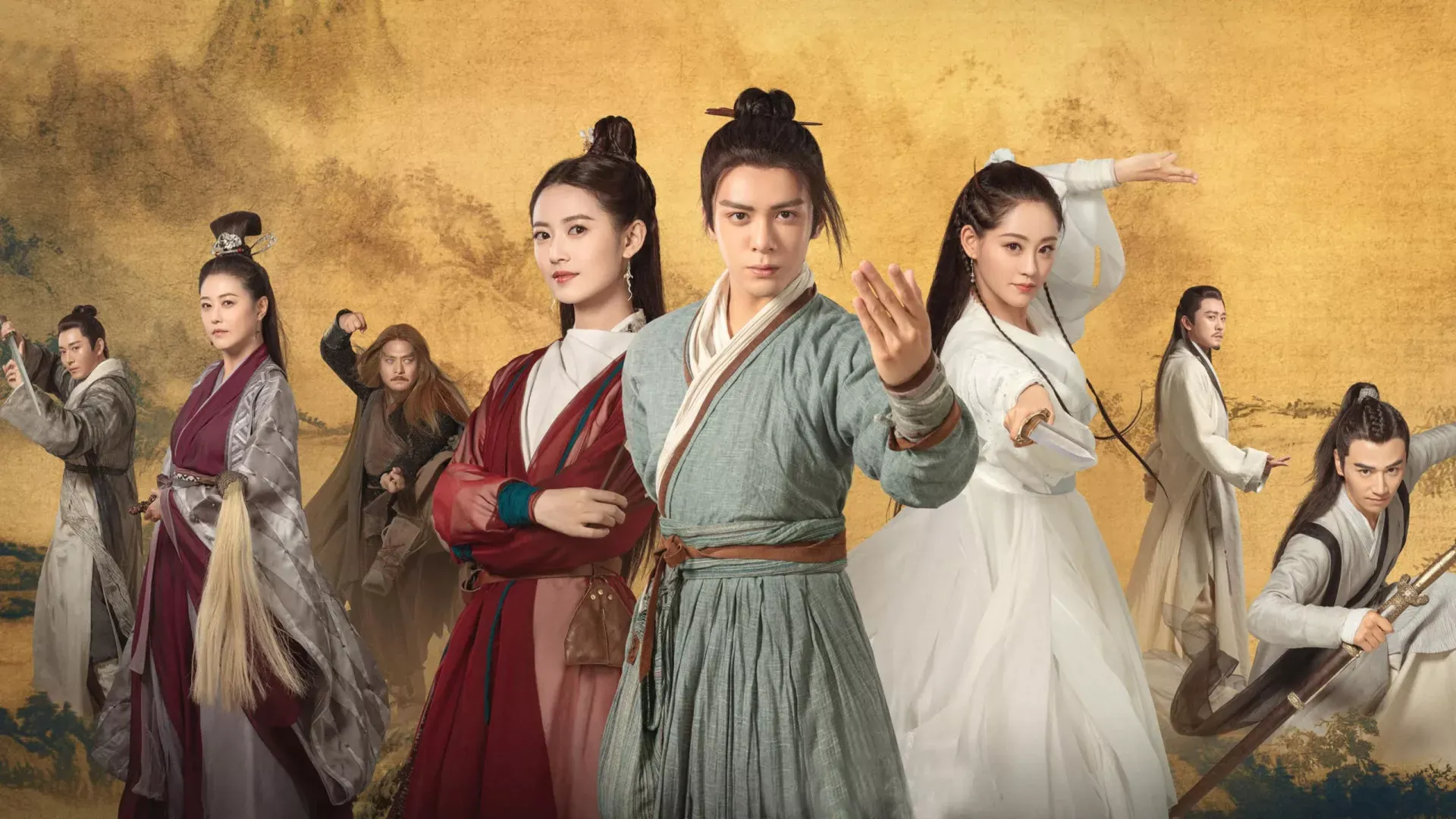The Heavenly Sword and Dragon Sabre depicts the martial arts world during the final decades of the Yuan Dynasty1 and the rise of the Ming Dynasty.2 Revolutionary factions like the Ming Order challenge Mongol rule whilst orthodox schools such as Shaolin Order, Wudang Order, and Emei Order struggle to maintain their influence. The competition for the legendary Heavenly Sword and Dragon Sabre drives conflicts that will determine China’s future.
Notable factions
Ming Order
The Ming Order (明教 – Míng Jiào) served as the primary revolutionary organisation opposing Yuan rule. Originally a religious movement with Manichaean and Zoroastrian influences, the Order evolved into a political resistance force under leaders like Yang Dingtian and later Zhang Wuji. Based at Bright Peak, the Order’s Great Shift of Heaven and Earth and other powerful martial arts made them formidable opponents to both the Yuan government and orthodox martial arts schools.
The Order’s complex internal structure included various sub-altars and specialized units, whilst their revolutionary ideology attracted followers from across social classes seeking to overthrow foreign rule and restore Chinese governance.
Wudang Order
The Wudang Order (武当派 – Wǔdāng Pài) emerged as a major orthodox faction under the leadership of Zhang Sanfeng, the legendary founder of Taiji martial arts. Based on Mount Wudang, the Order developed neigongs that rivaled Shaolin’s external martial arts, establishing the classic division between Buddhist and Daoist martial traditions.
Zhang Sanfeng’s creation of Taiji Fist and other soft internal arts represented a revolutionary approach to martial arts, emphasizing yielding to overcome hardness and flowing movement over rigid techniques.
Emei Order
The Emei Order (峨眉派 – Éméi Pài) was founded by Guo Xiang on Mount Emei, creating a prominent female-led martial arts tradition. The Order combined Buddhist philosophy with practical martial arts training, developing techniques like the Nine Yin White Bone Claw and various sword methods.
Under leaders like Abbess Miejue, Emei became known for its strict discipline and fierce opposition to heterodox factions, often serving as a bridge between the purely monastic Shaolin and the more worldly orthodox schools.
Religious and revolutionary orders
- Ming Order 明教
- Heavenly Eagle Order 天鹰教
- Persian Ming Order 波斯明教
Orthodox martial arts schools
- Wudang Order 武当派
- Emei Order 峨嵋派
- Kunlun School 昆仑派
- Kongtong School 崆峒派
- Western Regions Shaolin 西域少林
Regional martial arts schools
- Haisha School 海沙派
- Divine Fist School 神拳门
- Five Phoenix Knife School 五凤刀门
- Vajra School 金刚门
- Korean Azure Dragon School 高丽青龙派
Guilds and escort agencies
- Jujing Guild 巨鲸帮
- Longmen Armed Escort 龙门镖局
- Tiger Stronghold Armed Escort 虎踞镖局
Political entities
- Yuan Dynasty 元朝
- Ming Dynasty 明朝
See also
- Jin Yong factions
- Demi-Gods and Semi-Devils factions
- The Legend of the Condor Heroes factions
- The Return of the Condor Heroes factions
- Laughing in the Wind factions
- Ode to Gallantry factions
- Sword Stained with Royal Blood factions
- The Deer and the Cauldron factions
- The Book and the Sword factions
- Side Story of the Flying Fox factions
- Flying Fox of the Snowy Mountain factions

